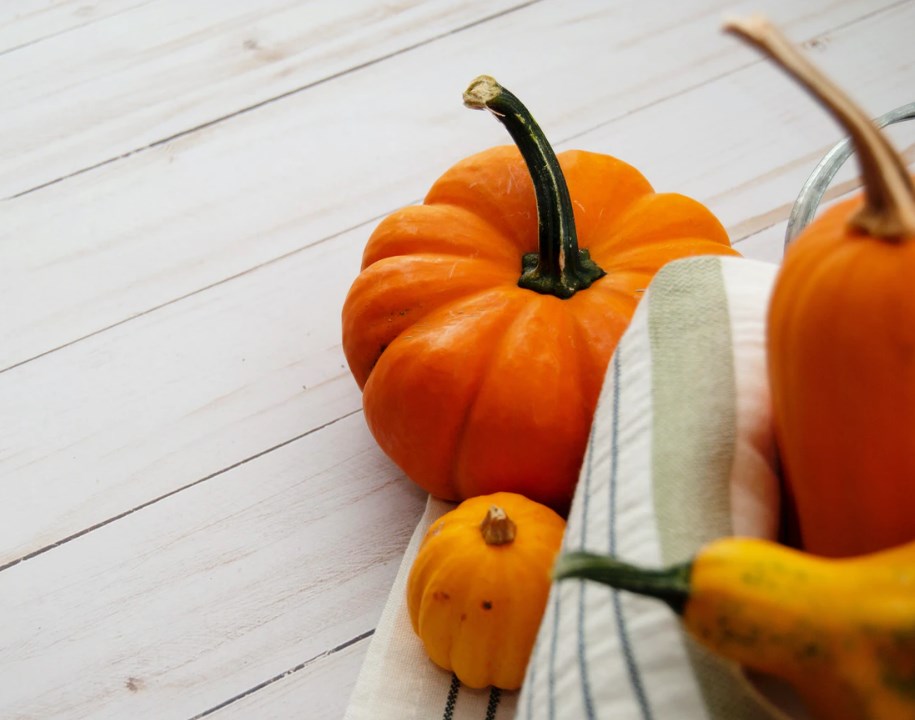- Best Soaker Hose Options Your Yard Truly Needs This Year - January 5, 2024
- Best Tomato Planters You Should Really Consider for Your Garden - December 21, 2023
- Best Home Depot Tomato Cages to Support Your Plants - December 16, 2023
Squash is a mainstay of summer cooking and harvest-time meals. They are versatile fruits that can be grilled, roasted, baked, fried, or eaten raw. Not only are they beautiful and tasty crops, but they are also extraordinarily easy to grow and harvest. Let’s learn a little more about the types of squash, how to grow them, and how to incorporate them into our favorite dishes.
Two Categories of Squash
There are over one hundred types of squash grown around the world and these have been separated into two categories: summer squash and winter squash. Let’s learn a little more about each of these categories and the types of squash found within them.
Summer Squash
This category contains squash that has soft skin, is harvested in the summer, and will not store longer than a few days. Five common varieties include:
Chayote
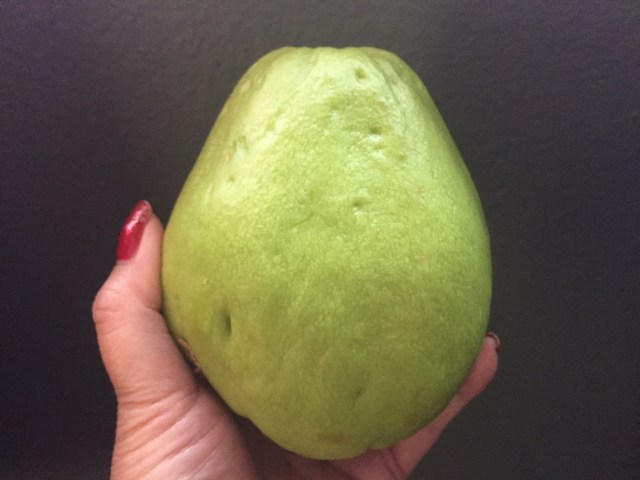
Upon first glance, this type of squash might remind you more of a pear than its zucchini relative. It is bright green and firm with textured ridges in its skin. This unique squash is delicious when battered and fried but it can also be eaten raw, added to soups, or pan-roasted.
Crookneck Squash
This type of squash is typically yellow in color. Its skin can be either smooth or bumpy and it features a predominately crooked shape. It is lovely to eat when it is roasted and seasoned with lemon and olive oil.
Patty Pan Squash
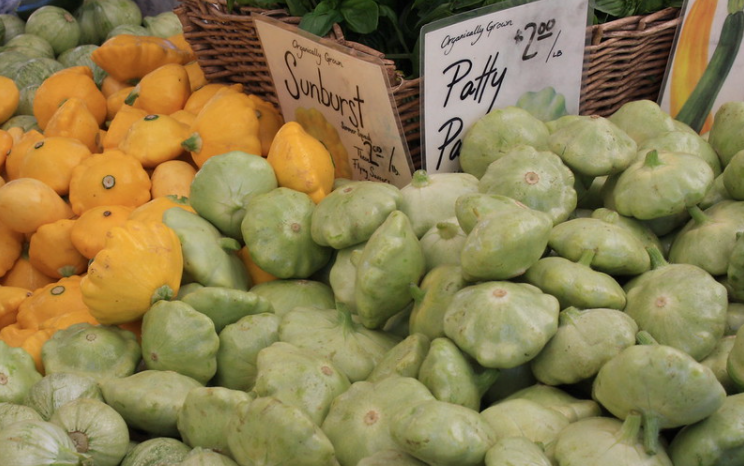
These little yellow UFO-shaped squash are certainly pretty and can be found decorating tables in the summertime. But they are more than just good looks, they are good flavor too. Try eating them raw or try pan-roasting them with a few herbs and spices.
Round Zucchini
These look like misshapen zucchini; instead of long and lean, these are small and round. They have a similar flavor to regular zucchini but are much more appealing in stuffed dishes.
Zucchini
This is by far the most popular type of summer squash. It is a thing of beauty and versatility. It can be incorporated into everything from salads to gluten-free bread.
Winter Squash
This category contains squash that has hard and thick skins, is harvested in the summer or early autumn, and can be stored for up to six months. Five common varieties include:
Acorn Squash
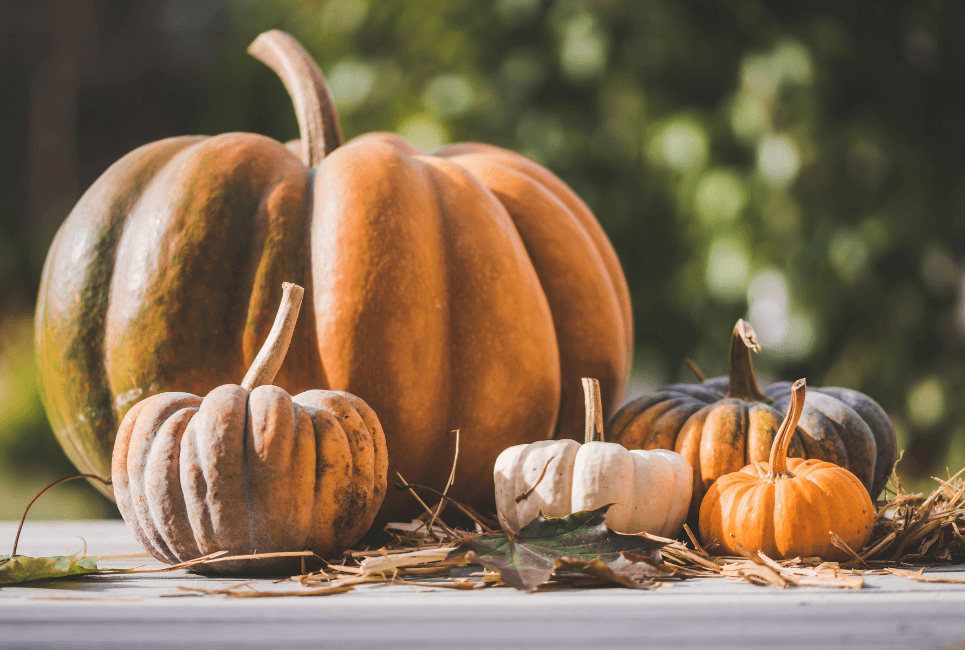
Just as their name implies, these squash look like giant acorns. A perfectly ripened acorn squash will have equal amounts of yellow and green coloring on its skin showing that it is ready to be turned into a delicious meal baked with butter and brown sugar.
Butternut Squash
Although it is listed in the winter squash category, this particular type of squash is available all year round. Its bright orange flesh is perfect for roasting.
Honeynut Squash
This is a miniature version of butternut squash. Its flavor is slightly sweeter and richer than its parent, and it too is great when eaten roasted.
Pumpkin
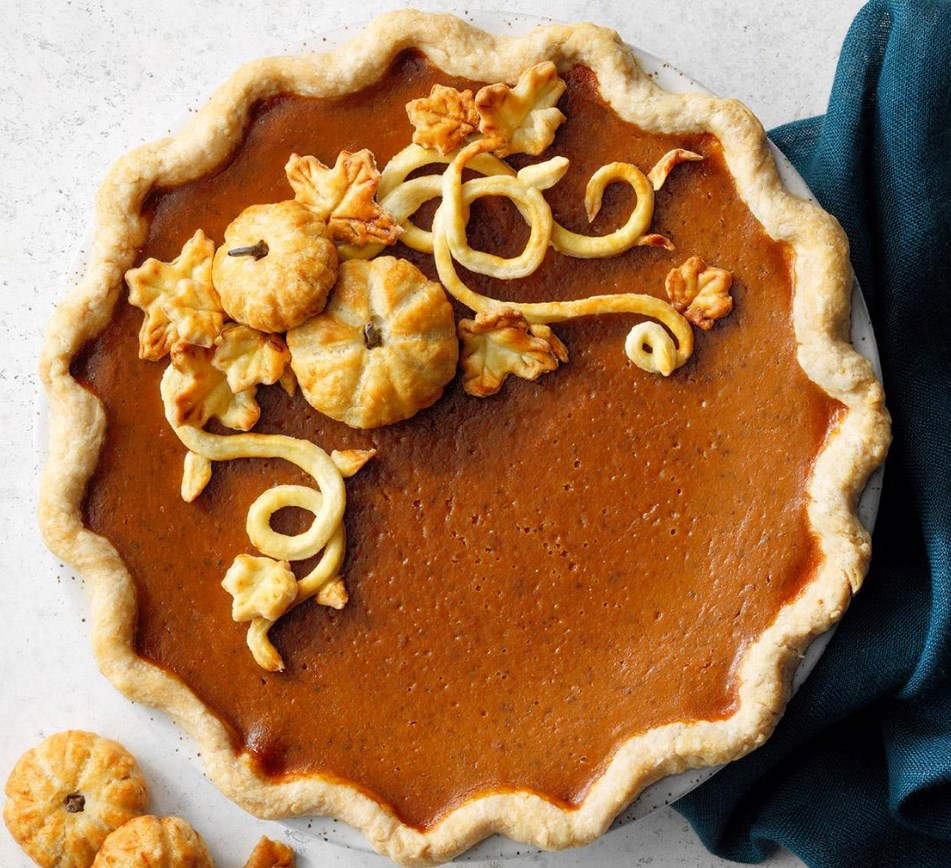
Of all the varieties of squash available, this is definitely the most popular, or at least, the most fun. It is good for decorating a Harvest-themed porch, crafting with the kids, or munching as a pie, cake, or even ice cream.
Spaghetti Squash
This squash is a healthy alternative for those who need to cut out calories or gluten from their diet. It is actually very tasty as spaghetti.
Best Companion Plantings for Squash
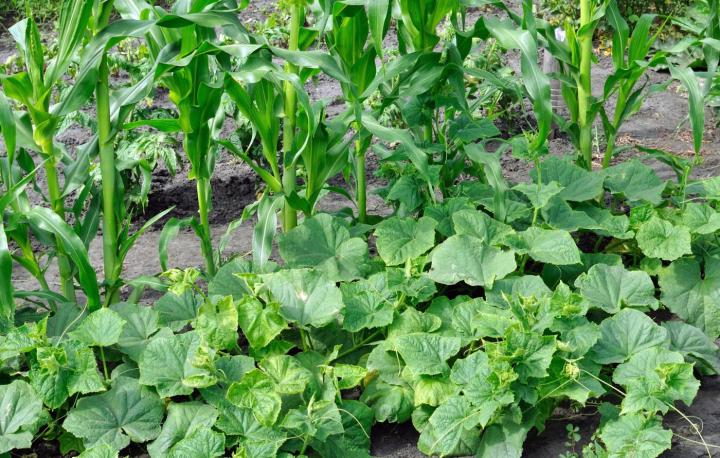
Since squash is one of the traditional Three Sisters Plantings, it is easy to recommend that it be planted next to corn and beans. But, squash can also be planted next to other types of crops and flowers. These are some of the best options to keep your squash company:
Rosemary
This herb attracts pollinators to help pollinate it and nearby plants, as well as, beneficial insects that keep harmful insects away.
Marigolds
These flowers also attract pollinators and beneficial insects and are a repellant to cucumber beetles.
Nasturtiums
These flowers are repellent to squash bugs.
Common Pests and Diseases
Squash is just like any other crop in that they also face a few common issues. The best way to deal with the pests and diseases that attack squash is to learn what they are, how they can be identified, and how to prevent and treat each one.
Since you will be making such an effort to grow these crops, it is not a matter of work to learn how to care for them, it is a matter of pragmatism and efficiency to do so. Here is a list of some of the most common issues faced by squash and how to deal with each one.
Bacterial Wilt

This is a bacteria that is a partner to cucumber beetles. It stays with these pests over the winter and then infects squash and other plants once the beetles begin consuming the plants. Symptoms of bacterial wilt are:
- Fruits that are deformed and/or wilting
- Leaves that are wilting
- Plants and vines that are wilting
- Stems that ooze a substance that is sticky and milky when cut
This infestation is not curable, and therefore, any plants that are affected by it should be removed from the garden and disposed of to ensure that they don’t infect other plants. While bacterial wilt may not be curable, it is preventable. Try these preventative measures to keep this disease at bay:
- Control the population of cucumber beetles in your garden
- Place crop covers over young plants to keep out cucumber beetles
- Remove weeds and prevent them from growing around squash vines since these attract cucumber beetles
Cucumber Beetles
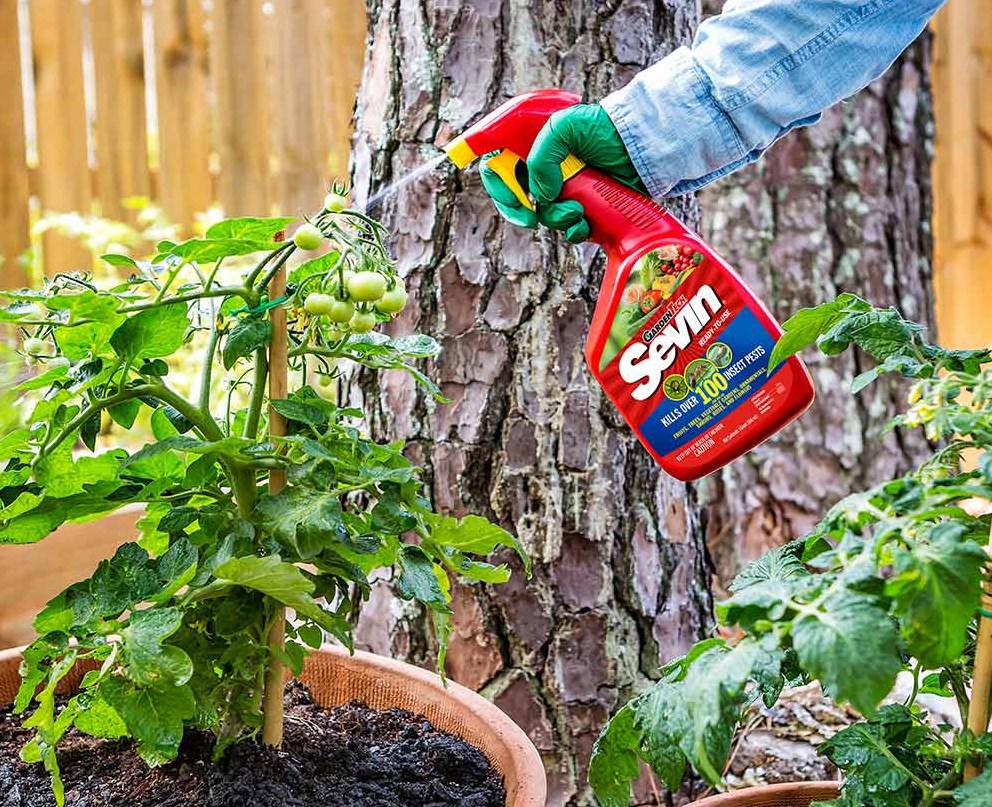
These are insects that are easy to identify because of their metallic-looking shells. There are two ways to deal with these pests. They are:
- Treat the plants with an insecticide.
- Plant marigold and/or lavender near the squash plants. These two flowers are a deterrent to cucumber beetles.
Powdery Mildew
This is a mold infestation that looks like a white powder covering stems and fruit. To deal with this type of infestation, apply a fungicide to the plant and keep debris away from the plant after the harvest season has ended.
Squash Bugs
These pests attack squash plants and suck them dry so that they wilt and eventually die. Adult squash bugs are small, brown, have wings, and are very stinky when crushed. Immature squash bugs, also known as nymphs, are either green-gray or white in color and wingless. You can usually find either adults, nymphs, or their eggs on the undersides of leaves and clustered under foliage. The best way to deal with these pests are:
- Apply neem oil to the plant
- Remove and destroy any adults, nymphs, or eggs found
- Use a squash bug trap
Squash Vine Borers
These pests are capable of destroying a plant overnight. Evidence of a squash vine borer infestation are:
- A tiny hole at the base of the plant
- Fruit that falls of the vine before it is ripe
- A residue that resembles sawdust at the base of the plant
Wilted leaves
The best methods for dealing with this pest, which is a caterpillar, are:
- Look for the vine borer with a flashlight after night. You should be able to shine the flashlight on the plant and find the borer inside the vine. Either cut out the borer or pierce it with a sharp point. Then, remove the damaged vine.
- Rotate your crops every season so that the vine borer doesn’t have a squash plant to feast upon.
- Apply pesticides to the soil before planting any crops.
- Set up a barrier around the plants
- Destroy infected plants
- Keep garden spaces clear of debris
Conclusion
Squash is so much more than an ornamental decoration during Halloween and Thanksgiving, it is a very versatile fruit that is tasty and easy to grow. Now that you know what it takes to grow one of these and what foods can be created with them, there’s nothing to keep you from growing a whole garden full. It’s going to be a delicious harvest feast in your home!
Research Citations
- Jessica Gavin
- The Old Farmer’s Almanac
- Gardening Know How
- Earth Easy
- Harvest to Table
- Shape
- Wikipedia
FAQs
Answer: While squash may be incorporated into recipes like a vegetable, it is actually a fruit. It is a fruit because it flowers and produces seeds.
Answer: Yes, they are all a part of the Cucurbitaceae family; in fact, pumpkins are a type of squash. Gourds may be closely related but they are not a type of squash.
Answer: Squash can be grown outside in zones 3 through 9. Squash will require a specific planting and harvesting schedule that is dependent on squash variety and zone location. It is best to refer to a planting guide before setting seeds in the ground.
Answer: Both summer and winter squash should be planted just after the last frost of spring. Check a frost date calendar to determine the best time to plant in your area.
Answer: Squash should be planted in soil that has plenty of organic matter and drains well. The soil should also have a pH level ranging between 6.0 and 6.8. Test your soil with a pH level meter or a homemade test before adding chemicals or compounds to adjust the pH levels.
Answer: Squash requires at least six hours of sunlight each day. Even though they need a lot of sunlight, they can begin to wilt when temperatures are extremely hot. If the plants do not recover from excessive heat overnight, they should be provided with a sunshade. Use a sunlight calculator to determine if your plants are receiving the appropriate amount of sun they need.
Answer: Squash needs a lot of water to grow properly. It is recommended that they are watered in a way that will keep their soil moistened 8 to 12 inches below the surface. Depending on your weather and your soil, your plants may only need to be watered once a week or several times.
One method that you can use to ensure that your plants are receiving just the right amount of water is a drip irrigation system. This system will not only provide adequate amounts of water to your plants, but it can also reduce water waste, reduce the amount of time spent watering, and help to limit the spread of fungal diseases.
Answer: Squash can greatly benefit from feedings throughout their growing season. The two best methods for fertilizing squash are:
• Add fertilizer into the top few inches of soil before planting seeds into the soil.
• Spread manure or compost onto a garden bed before planting in it.
Squash should be harvested while the fruits are small and not overly ripened. If squash gets too ripe, it turns hard and loses its flavor. Summer and winter squash will be treated differently so, let’s look at each variety to learn how and when to harvest them.
Summer Squash Harvesting Tips:
• Harvest these before the seeds are completely ripe
• Harvest these before the rinds have turned hard
• Store these in a place that is cool and moist for a few weeks
Winter Squash Harvesting Tips:
• Harvest these once they are very mature
• Store these in a place that is cool and moist for up to six months
Answer: Harvested squash seeds can be used as snacks or as starters for next season’s garden. Either way, when it comes to harvesting squash seeds, it is important to remember that hybridized squash or squash that has been diseased should not be used for this. Here is the method for harvesting and storing squash seeds:
Look for squash seeds that are not white. Ripened seeds should be either light brown or cream-colored.
Scoop out the seeds from the fruit.
Place the mass of seeds into a container filled with water.
Allow the seeds to remain in the container for a few days so the seeds can ferment.
After a few days, the good seeds will have sunk to the bottom of the container, while the bad seeds will float on top of the water.
Separate the good seeds from the bad seeds.
Spread out the goods seeds on a towel so they can completely dry.
Place the good seeds in a glass jar or in a paper envelope with a label on it that shows the type of squash seeds inside and the date they were put there.
Set the glass jar or paper envelope filled with seeds into a freezer for two days. This will kill off any pests still clinging to them.
Remove the seeds from the freezer and set them in a place that is dry and cool.
Use the seeds within three years.
If you don’t intend on using your squash seeds to grow another garden, consider roasting them and eating them as a snack instead.

